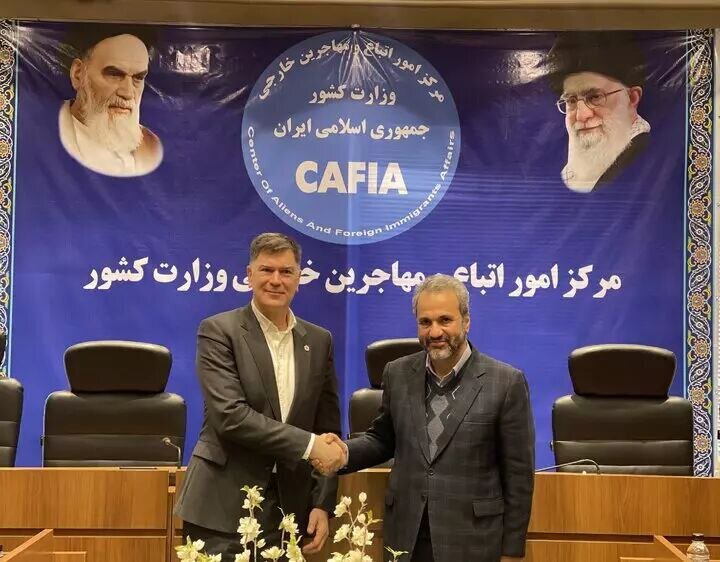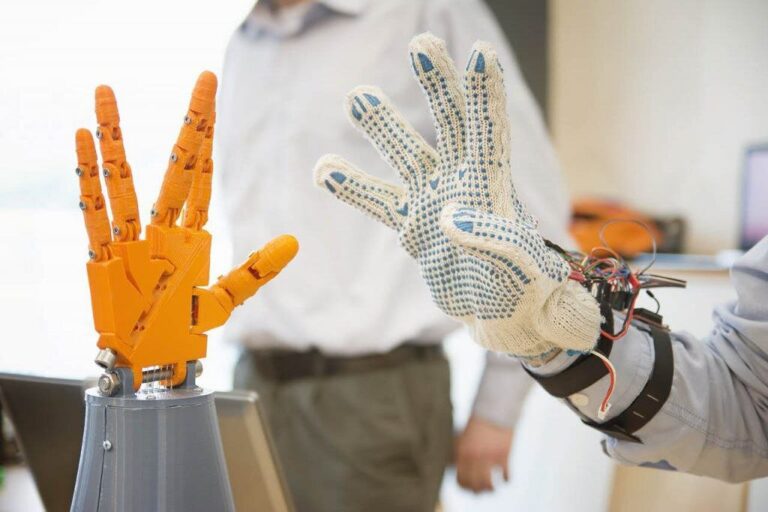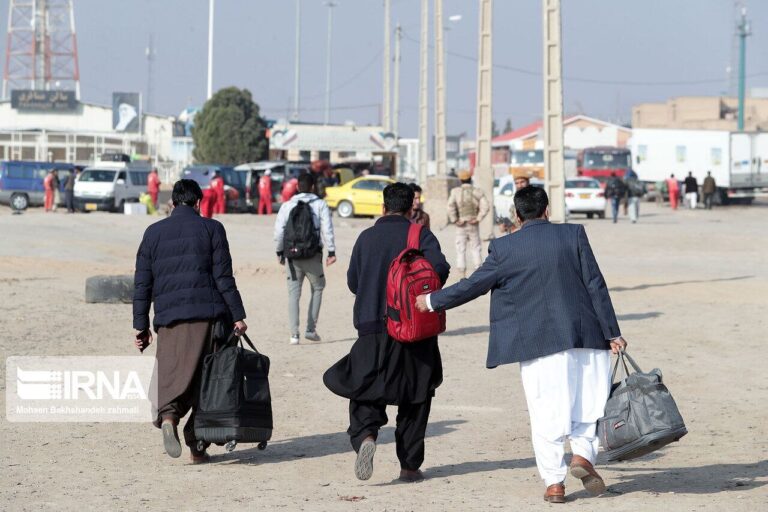
Similar Posts

High-Risk Areas: Kids Set to Receive Life-Saving Polio Vaccinations!
Iran’s health ministry plans to launch a comprehensive polio vaccination campaign for children under five in high-risk areas this spring. Polio, a highly infectious disease, can cause paralysis and is primarily transmitted through contaminated food and water. Although Iran has been polio-free since 2000, increased cases in neighboring Afghanistan and Pakistan raise concerns about re-emergence due to recent Afghan migration. The vaccination effort, which began in 1994, will continue with two phases this year, having already immunized around 840,000 children. The Razi Vaccine Institute is crucial in producing vaccines to maintain public health and prevent polio resurgence.

ICRC Steps Up to Empower Refugee Students in Iran: A Lifeline of Support
The International Committee of the Red Cross (ICRC) is enhancing educational support for refugee children in Iran, particularly Afghan refugees, in response to the humanitarian crisis. ICRC representative Vincent Cassard praised Iran’s efforts in family reunification and education during a February meeting with Nader Yar-Ahmadi, head of Iran’s National Organization for Migration. They discussed the significant number of refugee students and proposed joint educational initiatives. In May 2024, ICRC and the Iranian Red Crescent Society will launch programs in Mashhad, providing health, rehabilitation, and educational services. Yar-Ahmadi warned that without international aid, Iran may reconsider its refugee policies.

Health Minister Announces Exciting Relaunch of Family Physician Program This Year!
The Family Physician Program is set to launch in Iran during the current year, aiming to enhance healthcare delivery through reforms and better patient pathways. Health Minister Mohammad-Reza Zafarqandi emphasized the need for collaboration among stakeholders and the establishment of a national headquarters for effective management. The program, which originated in 2005, focuses on improving access to healthcare in smaller communities and includes services like health examinations, mental health support, and 24/7 care. Currently, it covers 182 cities, benefiting over 20 million Iranians, and seeks to modernize the healthcare system through preventive care and systematic support.

Faculty Exodus from Iran’s Universities: A Looming Crisis for Higher Education and Healthcare
The exodus of faculty members from Iran’s universities, especially in medical fields, has alarmed educational authorities. Mohammad Jalili from the Ministry of Health noted the trend’s severity, stressing the loss of professors represents a significant national investment. To combat this, he suggested enhancing professors’ social status, improving living conditions, and streamlining recruitment processes. The crisis is widespread, with 53% of professors and 45% of medical professionals considering emigration. Financial constraints, including capped salaries, further exacerbate the issue. Without urgent reforms to improve conditions and compensation, Iran’s educational and healthcare systems face destabilization.

Iran Soars to Second Place in 3D Printing Publications Among Islamic Nations
A recent Web of Science report highlights Iran’s significant progress in 3D printing, with 606 publications over the past decade, ranking second among Islamic nations and 22nd globally. Key contributors include the University of Tehran and Amirkabir University, each with 83 publications. Iran also leads Islamic nations in 4D printing and ranks second in Industry 5.0 publications. Additionally, Iran excels in neural networks, ranking first among Islamic countries with 17,458 publications, and shows strong results in AI, machine learning, and robotics. The country’s scientific output in these fields has notably increased over the last decade, driven by top universities.
